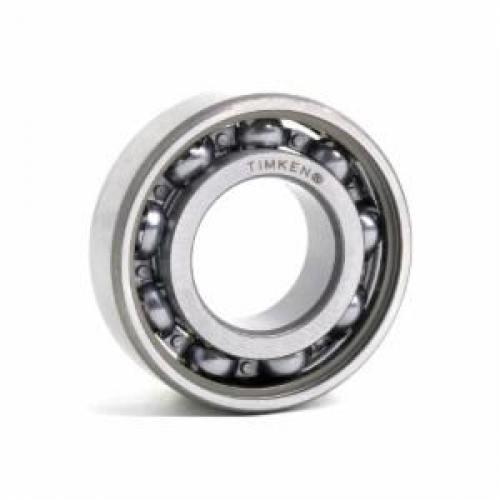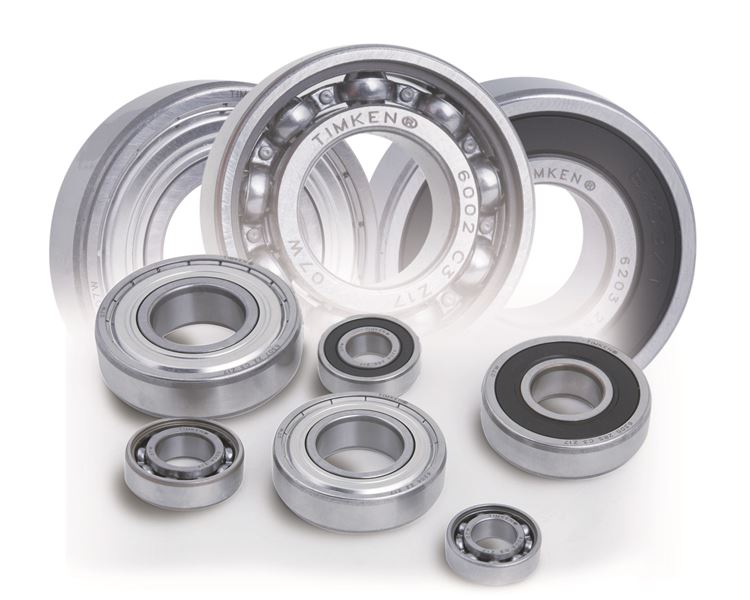Timken 204PY3 angular contact bearing is ideal for withstanding radial and axial loads for applications like tillage equipment, combines and agricultural conveyors. The angular contact design enables it to handle both thrust and radial forces, ensuring smooth operation and extended bearing life.
Features:
- It has steel bearings for durability and resistance to wear & corrosion.
- This bearing offers single rows to indicate that it contains a single row of rolling elements arranged in a circular path within the inner and outer raceways.
- It features radial and deep groove ball bearings to handle radial and axial loads, making them versatile components in mechanical systems.
- This angular contact bearing offers a straight bore type, ensuring uniformity for straightforward mounting and alignment.
- It features a cold-rolled steel retainer to help maintain proper spacing and alignment of the rolling elements.
- This assembly has ball bearing rolling for its ability to reduce friction and facilitate smooth rotation.
Frequently Asked Questions:
Q. What are the 3 parts of a jaw-coupling spider?
A. A standard jaw coupling typically consists of three components: two hubs, usually machined with a clearance fit tolerance and a resilient elastomeric insert.
Q. What is the maximum operating speed of Timken 204PY3 bearing?
A. The maximum operating speed for this bearing is 21875 RPM with oil lubrication and 18750 RPM with grease lubrication.
Q. Is this Timken bearing suitable for extreme temperatures?
A. It can withstand temperatures ranging from -50 to 120 degrees C.
Q. What is the load-carrying capacity of this bearing?
A. It has a maximum radial dynamic load capacity of 3190 lbf and a radial static load capacity of 1480 lbf.
Q. What is the significance of the bearing's inner ring width and outer ring width dimensions?
A. The inner ring width & outer ring width dimensions determine the spacing and alignment of the rolling elements within the bearing, influencing its load-carrying capacity and performance.
Q. How do I install this bearing?
A.
- Set up a clean & well-lit workspace with necessary tools.
- Check the bearing for damage or contamination.
- Keep all parts clean and free of debris.
- Handle the bearing with care to prevent damage.
- Ensure proper alignment and no rough spots.
- Apply lubricant and slide it onto the shaft or into the housing, aligning correctly.
- Confirm correct alignment with shaft and housing.
 Change Country
Change Country




